What to consider when buying a sun hat?
Jeunesse MedSpa® | February 7, 2020 | no responses |
Skin
Our Dr K loves her hats. She’s hardly ever seen out without one … winter, spring, summer or autumn.
She may have inherited the love of hats from her grandad, but there’s more to it than just a fashion statement.
We’ve heard it over and over again #SlipSlopSlapSeekSlide but how much protection do you actually get from slapping on a hat?
A study done in Switzerland ?? looked at 4 different styles of hats (helmet, baseball cap, medium-brim and wide-brim) and how much protection against UV it provided.

With no hat at all, the entire face received TWICE as much UV radiation in summer than in winter with the the nose

receiving almost 6 times as much in summer as compared to winter.

A wide-brimmed hat gave the best overall protection on a sunny summer day

️
?Baseball caps offer the best protection for the nose but zero for the ears.⠀
❌ NONE of the hats gave 100% protection to any part of the face.⠀

Effectiveness of any of the hats was significantly reduced in situations where there was reflective glare – i.e. from sand, the pavement, the ocean.⠀

️ Hats on their own just aren’t enough to protect you but are a perfect complement to UV-filtering sunglasses and broad-spectrum sunscreen to protect your face and eyes.
So what do you look for when buying that hat ?
WIDE BRIM
The best hat for maximum protection, has a brim size of 3 inches to shade the face, scalp, neck, shoulders and upper back, along with easily overlooked places like the tops of the ears and back of the neck.
TIGHT KNIT
Look for a tightly woven hat rather than a loosely constructed straw hat that lets in the UV rays.
MATERIAL
Most materials have UV absorption feature. If the hat has not been labeled adequately, you should hold it against a light which will definitely shine through. Some of the best materials used to make sun hats are natural straw, cotton or hemp. Some synthetics polyester or nylon also make great hats but aren’t as environmentally friendly.
COLOUR
Most people are only concerned if the hat is matching with the rest of their clothes. The hat colour helps determine whether the sun rays will bounce off or reflect off your face.
White or light coloured hats will reflect the heat from the sun, while dark colours will absorb the heat rather than bouncing it to your face or eyes. Ideally you should choose a hat with a white top and a darker under brim, to endure the heat from the sun is reflected off your face perfectly.
ACTIVITIES
It’s also important to consider the activities you’re going to be involved in. For instance, do you need the sun hat for travelling, playing beach football or when sitting or relaxing at the beach or near a swimming pool? Always choose the right sun hat for the specific activity you will be involved in.
Remember: ⠀

Any hat is better than no hat!

Wide-brimmed hats give the highest overall protection to the most facial zones⠀

️It’s still important to #SlipSlopSlapSeekSlide
⠀
⠀
Ref: Backes C. et al: Facial exposure to UVR: predicted sun protection effectiveness of various hat styles. Photodermatol Photoimmunol Photomed. 2018 Sep;34(5):330-337.
Enjoy this article? Don't forget to share.


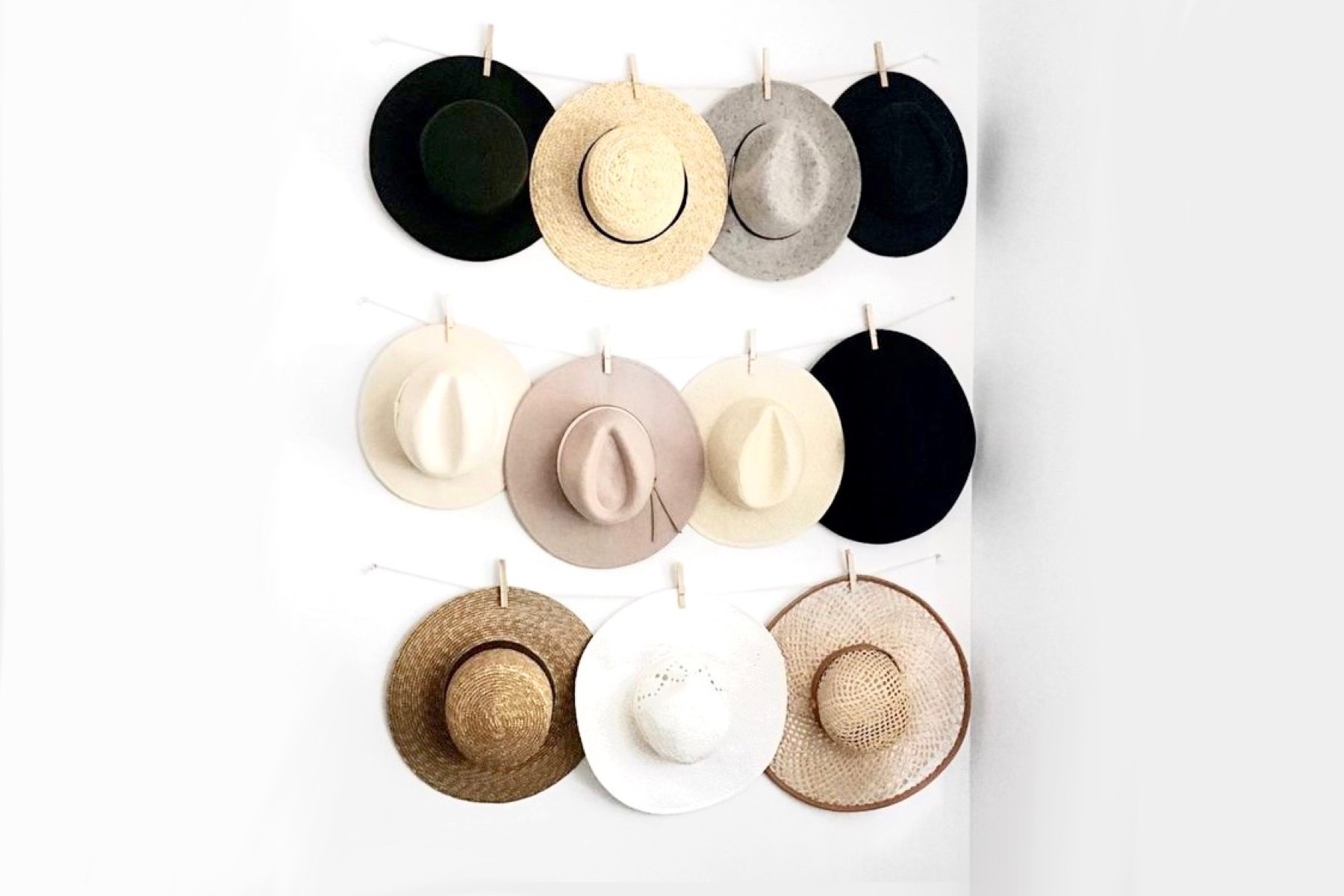
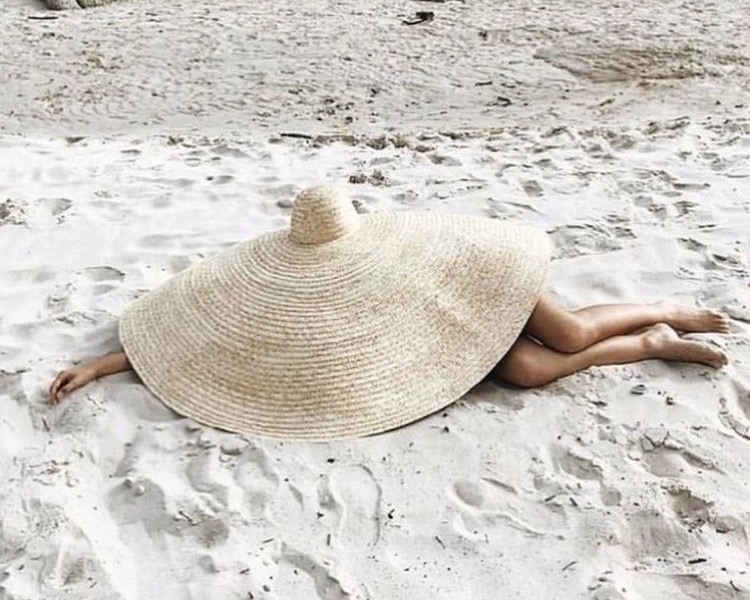
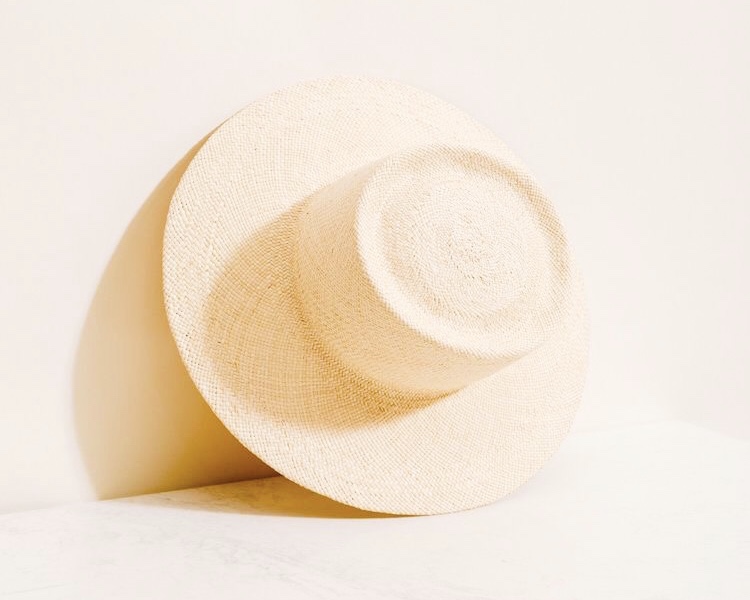

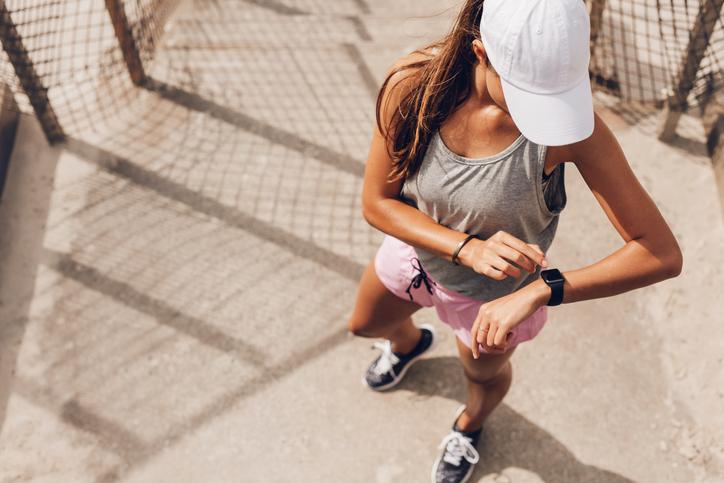





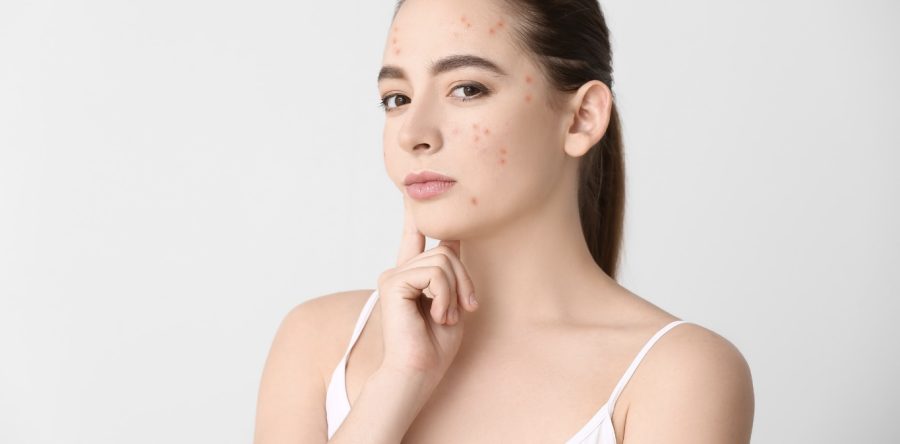
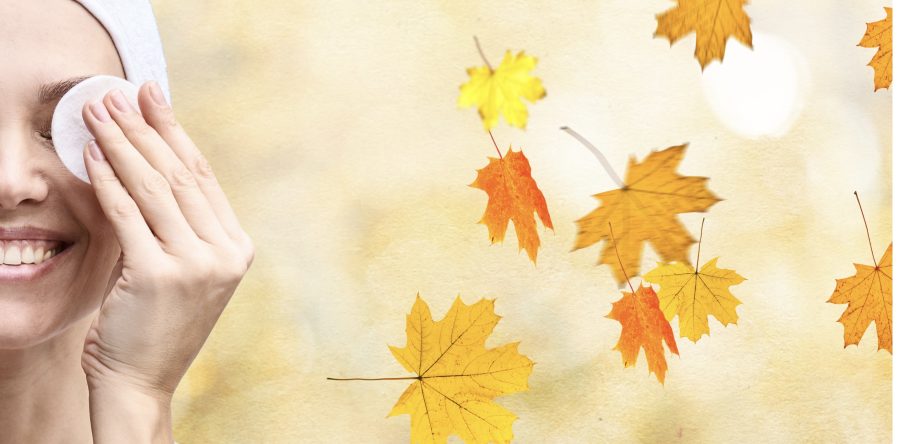
Leave a Reply